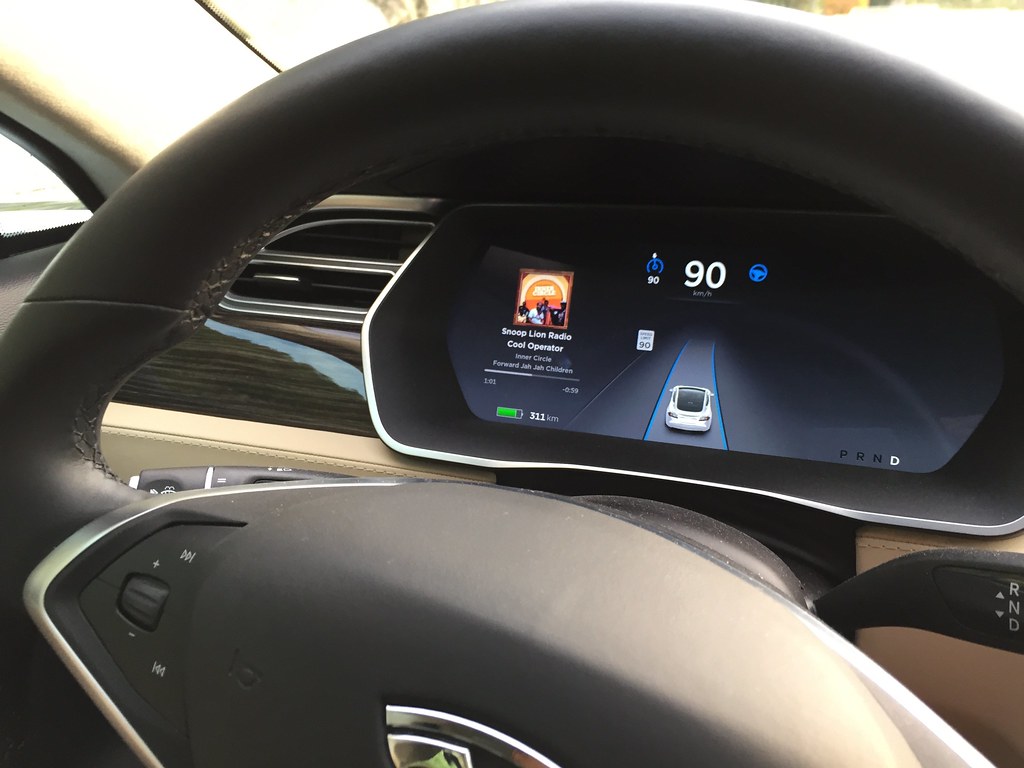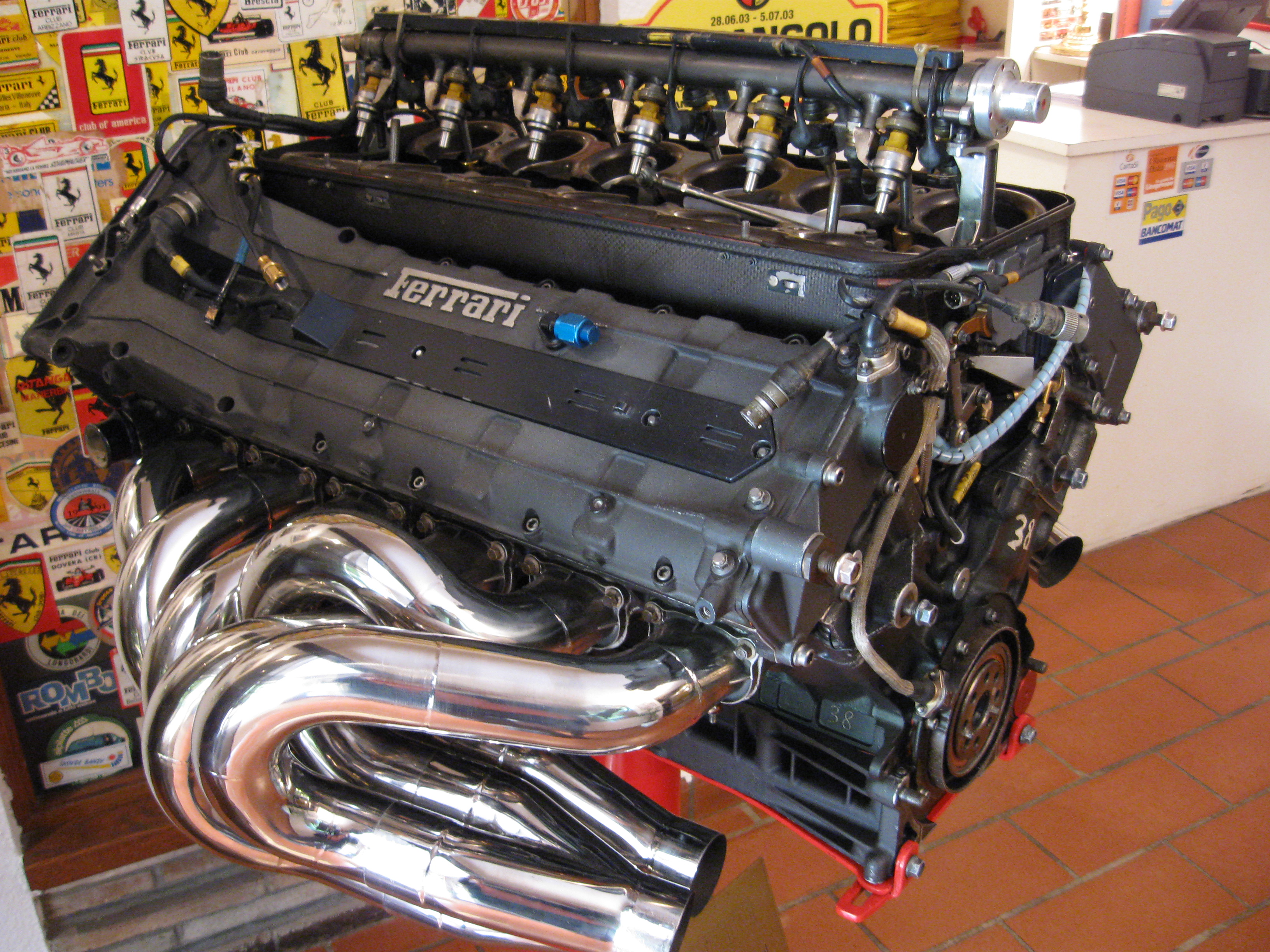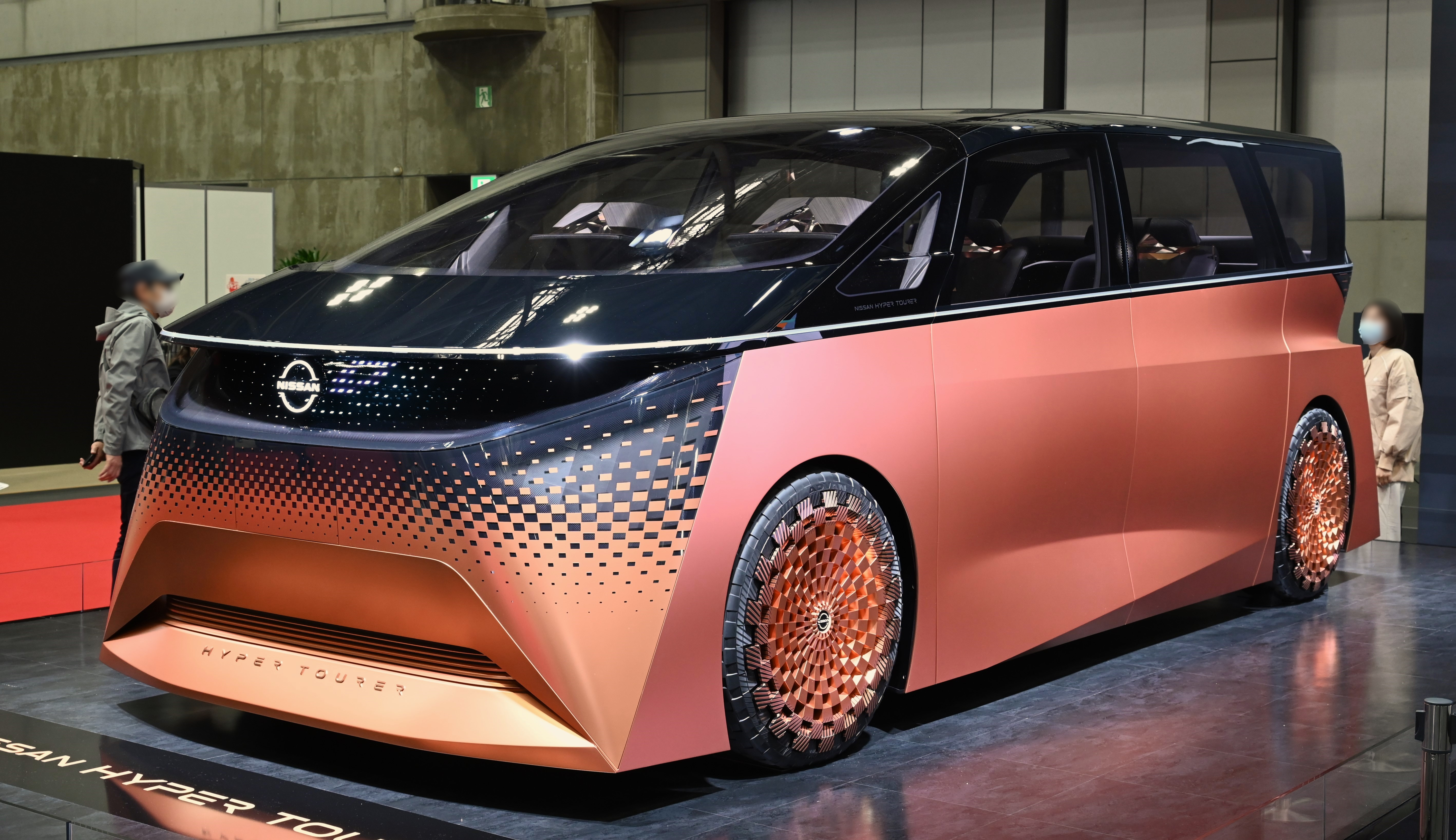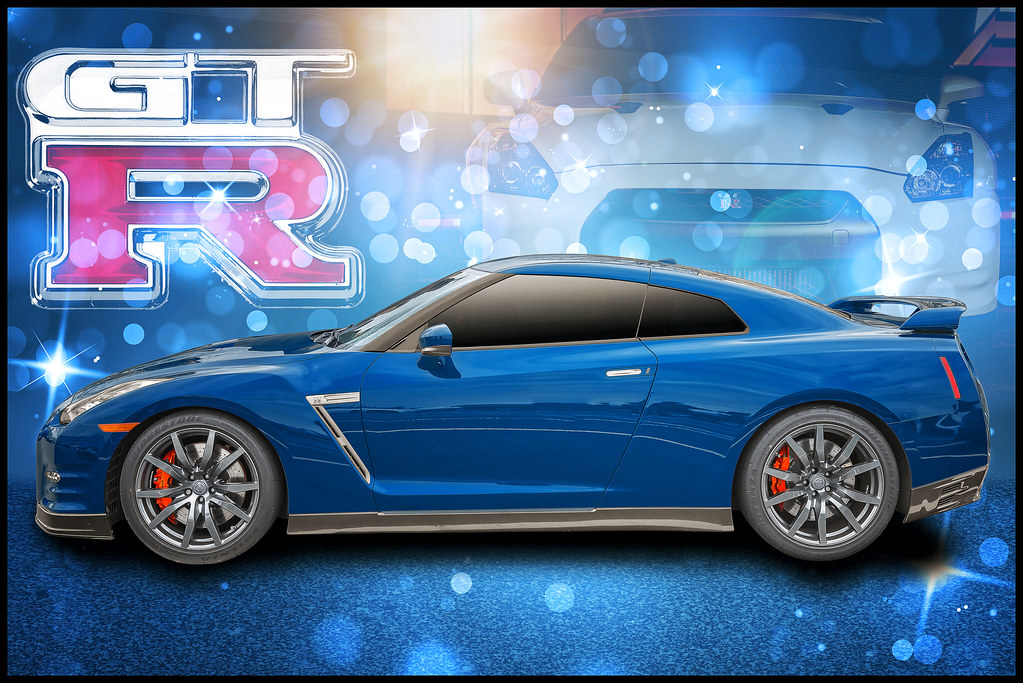Cars have been around for more than a century, and in that time, they have gone through many changes and improvements. Some people may argue that certain periods of automotive history were better than others, and that there was a golden decade of cars that stands out from the rest. But what would be the golden decade for you, when it comes to cars? And what makes it so special?
In this article, we will explore three possible candidates for the golden decade of cars, based on three different criteria: design, performance, and innovation. We will also look at some of the iconic cars that defined each decade, and why they are still admired today. Of course, this is not a definitive list, and you may have your own opinion on what makes a golden decade of cars. But we hope this will spark some interesting discussions and debates among car enthusiasts.
Design: The 1960s
When it comes to design, many people would agree that the 1960s was a golden decade of cars. This was a time when cars were not only functional, but also beautiful, stylish, and expressive. Car designers experimented with different shapes, colors, and features, creating some of the most memorable and distinctive cars ever made.
Some of the design trends that emerged in the 1960s were the muscle car, the pony car, the sports car, and the supercar. Muscle cars were powerful, loud, and aggressive, with big engines and muscular bodies. Some of the most famous muscle cars of the 1960s were the Ford Mustang, the Chevrolet Camaro, the Dodge Charger, and the Pontiac GTO. Pony cars were smaller and lighter than muscle cars, but still offered high performance and sporty looks.

The Ford Mustang was the first and most successful pony car, spawning many competitors such as the Chevrolet Camaro, the Plymouth Barracuda, and the AMC Javelin. Sports cars were sleek, fast, and fun to drive, with aerodynamic shapes and sophisticated engineering. Some of the most iconic sports cars of the 1960s were the Ferrari 250 GTO, the Jaguar E-Type, the Porsche 911, and the Chevrolet Corvette. Supercars were the ultimate expression of speed, luxury, and exclusivity, with exotic designs and outrageous performance. Some of the most legendary supercars of the 1960s were the Lamborghini Miura, the Ferrari 365 GTB/4 Daytona, the Ford GT40, and the Maserati Ghibli.

The 1960s was also a decade of cultural and social changes, and cars reflected that. Cars became symbols of identity, freedom, and rebellion, as well as status, wealth, and glamour. Cars were featured in movies, music, and art, and influenced fashion, lifestyle, and politics. The 1960s was a decade when cars were more than just machines, they were works of art.

Performance: The 1980s
When it comes to performance, many people would argue that the 1980s was a golden decade of cars. This was a time when cars were not only fast, but also efficient, reliable, and advanced. Car manufacturers improved their technology and engineering, creating some of the most impressive and innovative cars ever made.
Many of the performance trends that emerged in the 1980s were the turbocharger, the all-wheel drive, the electronic fuel injection, and the anti-lock braking system. Turbochargers were devices that increased the power and torque of engines by forcing more air into the combustion chambers. Turbochargers made cars faster, more responsive, and more fuel-efficient.
The most famous turbocharged cars of the 1980s were the Porsche 959, the Ferrari F40, the Audi Quattro, and the Buick Grand National. All-wheel drive was a system that distributed power to all four wheels of a car, instead of just two. All-wheel drive made cars more stable, more agile, and more capable of handling different road conditions. Some of the most iconic all-wheel drive cars of the 1980s were the Subaru Impreza, the Mitsubishi Lancer Evolution, the Lamborghini Countach, and the Audi Quattro. Electronic fuel injection was a system that replaced the carburetor and controlled the amount and timing of fuel injected into the engine. Electronic fuel injection made cars more efficient, more powerful, and more environmentally friendly.

Some of the most notable electronic fuel injected cars of the 1980s were the Honda Civic, the Toyota Supra, the BMW M3, and the Chevrolet Corvette. Anti-lock braking system was a system that prevented the wheels from locking up and skidding during hard braking. Anti-lock braking system made cars safer, more controllable, and more responsive. Some of the most remarkable anti-lock braking system cars of the 1980s were the Mercedes-Benz S-Class, the Ford Taurus, the Ferrari Testarossa, and the Porsche 911.

The 1980s was also a decade of technological and economic changes, and cars reflected that. Cars became symbols of innovation, quality, and competition, as well as aspiration, success, and excess. Cars were featured in video games, television, and magazines, and influenced science, sports, and business. The 1980s was a decade when cars were more than just vehicles, they were achievements.

Innovation: The 2010s
When it comes to innovation, many people would say that the 2010s was a golden decade of cars. This was a time when cars were not only smart, but also connected, autonomous, and electric. Car manufacturers embraced new technologies and challenges, creating some of the most futuristic and revolutionary cars ever made.
The innovation trends that emerged in the 2010s were the infotainment system, the driver assistance system, the self-driving car, and the electric car. Infotainment systems were devices that integrated information and entertainment functions into the car, such as navigation, communication, music, and internet.
Infotainment systems made cars more convenient, more enjoyable, and more personalized. Some of the most popular infotainment systems of the 2010s were the Apple CarPlay, the Android Auto, the Tesla Model S, and the Ford Sync. Driver assistance systems were devices that assisted the driver in various driving tasks, such as parking, lane keeping, braking, and cruise control. Driver assistance systems made cars more comfortable, more confident, and more safe.

The most advanced driver assistance systems of the 2010s were the Mercedes-Benz Intelligent Drive, the Volvo Pilot Assist, the Tesla Autopilot, and the Honda Sensing. Self-driving cars were cars that could drive themselves without human intervention, using sensors, cameras, and artificial intelligence. Self-driving cars made cars more autonomous, more efficient, and more accessible. Some of the most promising self-driving cars of the 2010s were the Waymo, the Uber, the GM Cruise, and the Ford Argo AI. Electric cars were cars that used electric motors and batteries instead of internal combustion engines and fossil fuels. Electric cars made cars more eco-friendly, more economical, and more powerful. Some of the most impressive electric cars of the 2010s were the Tesla Model 3, the Nissan Leaf, the Chevrolet Bolt, and the Hyundai Kona Electric.

The 2010s was also a decade of environmental and social changes, and cars reflected that. Cars became symbols of sustainability, diversity, and mobility, as well as disruption, transformation, and evolution. Cars were featured in apps, podcasts, and blogs, and influenced culture, education, and health. The 2010s was a decade when cars were more than just transportation, they were solutions.

What would be the golden decade for you, when it comes to cars? Would it be the 1960s, when cars were beautiful and expressive? Would it be the 1980s, when cars were fast and efficient? Or would it be the 2010s, when cars were smart and connected? Or maybe you have a different opinion, and you think another decade deserves the title of the golden decade of cars. Whatever your answer is, we hope you enjoyed this article, and we invite you to share your thoughts and opinions with us. After all, cars are not only machines, they are passions.
Related posts:
What to Expect in Your 60s – WebMD
undefined





